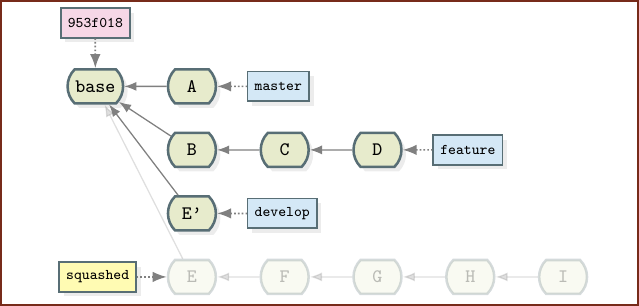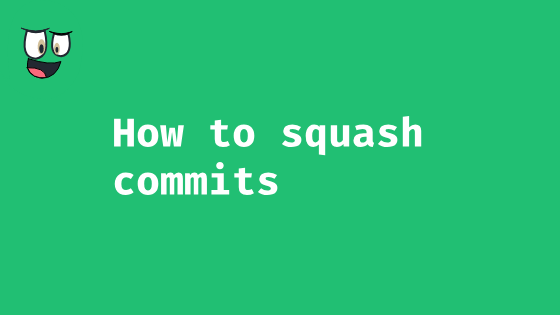

Where does the rebase take place On the Feature branch or on the.
Sourcetree squash commits code#
It’s useful to testing code that uses things like Mongo’s ObjectId. We don’t want actual ObjectIds strewn around our code.
Sourcetree squash commits how to#
How to GIT rebase with sourcetree Step 1: Checking out to featurea branch, right click the master branch and rebase interactively Step 2: Select the top most. SOURCETREE REBASE HOW TOĪlthough I did create an app that allows you generate ObjectId compatible values (see it here Mongo ObjectId Generator).Īll the test and a quick explanation of what we’re doing and why we’re doing it, culminating in our glorious use of fineProperty, is on GitHub /HugoDF/mock-mongo-object-id. I can't figure out how the 'rebase children of xxx interactively' works.

I created a 'temp' branch and 4 commits, adding 'a', 'b', 'c', then 'd' to. In SourceTree, we first check out the feature1 branch, We right-click on the master branch and select Rebase. I then right-click on the original commit I branched from and picked 'rebase children of xxxx interactively'. So I want to squash them all into 1 commit with all 4 changes in it. I right-click on the top 1 and pick 'Squash with previous commit'. That then says and message is 'xxx (+1 squashed commits)'. I then right-click on that and squash it, then do it again. Squash and Rebase - Git Basics for good developers The Startup 500 Apologies, but something went wrong on our end. Now I have 1 line that still says " and 'xxx (+1 squashed commits)', but there are four commits when I expand it. Refresh the page, check Medium ’s site status, or find something interesting. Now I right-click on the top line and edit the message and it says '' and the message is my new 'All Changes' message. Looks good, right? So when I hit 'OK' it works, BUT I STILL HAVE 2 COMMITS. The first commit in the branch where I added 'a' to the file is still there, even though it was listed in the 4 commits that should be squashed together. Interactive Rebasing with SourceTree, Matthew Setter 71,424 views 304 Dislike Share Save TeamLearnable 6.69K subscribers A lot of us visual thinkers - designers, frontend dev, etc.

When I use the command line, I type `git rebase -i `, where is the one I right-click on in source tree. If a commit was marked with s for squash, another viewer will pop-up to ask you to provide the commit message and subject line.My editor opens up and I 'p'ick the top line and 's'quash for the other three.

git will run through the file from top to bottom and pause when required to allow you to make the changes you have requested. You may also move lines up or down to re-order the commits add or take away changes)ĭ will remove the commit, alternatively you can just delete the line from the viewer First you mark it with r and later git will pop up another view to allow you to modify the subject and descriptionĮ for edit allows you to modify what is in the commit (i.e. Note that you cannot simply modify the subject line in the viewer. R for reword allows you to change the subject and description of the commit. In the example above “AP_HAL_F4Light: fixed some support scripts” and “AP_HAL_F4LIGHT: small fix (NFC)” will be “squashed” together into a single commit S for squash will combine the commit with the previous commit. In the terminal that pops up (see top image on this page) find the commits you wish to modify and replace their pick with one of the following letters:


 0 kommentar(er)
0 kommentar(er)
